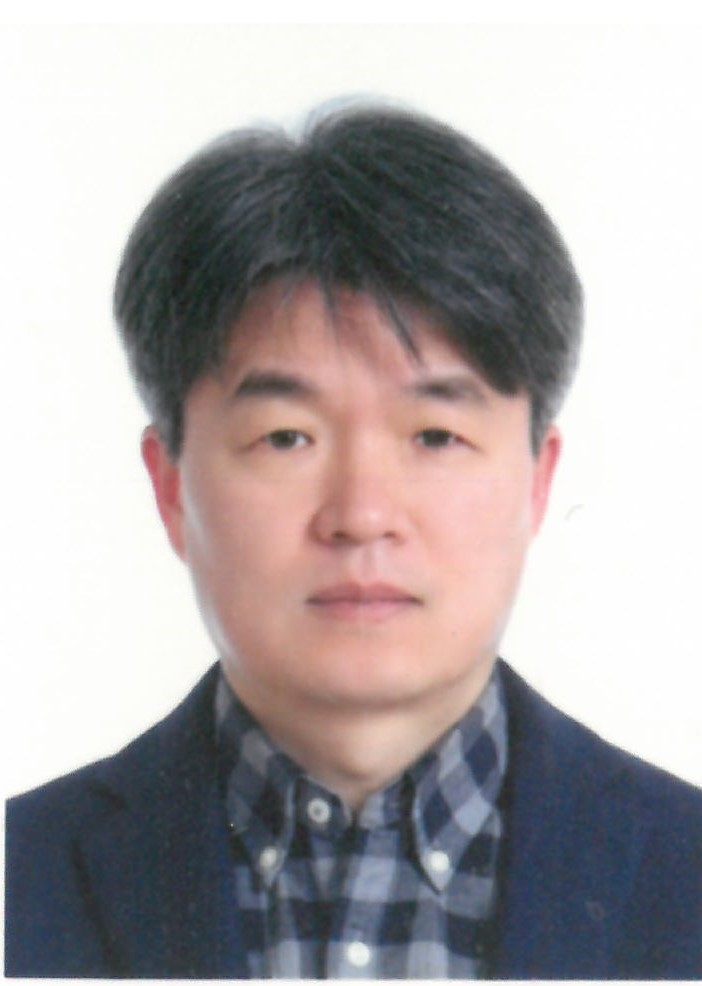| Colloquium 2019-2021 | Home > Colloquium 2019-2021 |
March 6, 2019
Making Massive Elliptical Galaxies
Ena Choi / Columbia University

Feedback from active galactic nuclei (AGNs) at the centers of galaxies is believed to play a major role during galaxy formation and evolution of those galaxies and central black holes (BHs). However, in many popular treatment of AGN feedback models some of the most basic requirements, such as the necessity that mass and momentum be conserved have not been imposed, and the inclusion of the presently known and observed feedback processes is often treated selectively. In this talk I will introduce our momentum based mechanical AGN feedback model in a three-dimensional hydrodynamics code, and a suite of cosmological hydrodynamical simulations I use to study the impact of AGN on physical properties of massive elliptical galaxies. I will discuss how AGN feedback plays an important role in making massive galaxies quench their star formation, as well as in making galaxies “bigger” in size. I will describe how the different feedback components affect the two-phase character of the stars ending up in the final galaxies, i.e., stars that are created inside the galaxies themselves (in situ) and those that are created outside (ex situ) and are accreted later on.
March 14, 2019
Quantum Thermalization
: Foundation of Statistical Physics of Quantum Systems
Jaedong Noh / University of Seoul

Statistical physics postulates that the thermal state of a quantum system is represented by the mixed state following the Boltzmann-Gibbs distribution. It has long been a puzzle to understand how a quantum mechanical system evolves from a pure state to reach the thermal mixed state. In this talk, I review the recent advances in the theory of quantum thermalization based on the eigenstate thermalization hypothesis.
March 20, 2019
Quo vadis Dark Matter?
Hyun Min Lee / Chung-Ang University

Dark matter is the dominant component of matter in the Universe at present but whether it interacts with forces other than gravity – as in gravitational lensing -- is unknown. History of dark matter has not even reached one century, but it is expected that the identity of dark matter will be unraveled in a near future thanks to modern science and technology.
In this colloquium, we introduce how to understand the nature of dark matter from particle physics point of view in both theory and experiment, and discuss the issues and tasks in directly proving the presence of dark matter in the future.
April 10, 2019
Strongly Correlated Quantum Materials: Platform for new physics
Eun-Gook Moon / KAIST
.png)
Strongly correlated quantum materials host a variety of phenomena beyond the current paradigms of condensed matter physics. Prime examples include the half quantization of Majorana fermions in quantum magnets, non-Fermi liquids around quantum criticalities, and exotic thermal phase transitions in strongly correlated systems. Mysterious and puzzling phenomena such as high temperature superconductivity and hidden orders remain unsolved, and new theoretical concepts and tools have been developed and applied. In this colloquium, we introduce exciting advances in strongly correlated systems and discuss open problems and issues which may give us hints of new physics.
April 17, 2019
Status of the Concordance Model of Cosmology
Arman Shafieloo / KASI
.png)
I review the status of the concordance (standard) model of cosmology in light of current observations discussing about the apparent tensions in estimation of the key cosmological parameters. I will also briefly discuss the future of the field at the era of the next generation of the astronomical/cosmological surveys.
May 15, 2019
New Trend in Topological Phases: Geometric and Higher
Gil Young Cho / POSTECH
.png)
In this talk, we will give a brief review on the very recent developments of the research of topological phases. Inarguably, the research field of topological quantum phases has been a central pillar of the modern condensed matter physics. Several remarkable breakthroughs of the field have drastically changed our general view on the nature. To name a few, the examples include quantum Hall liquids, spin liquids, and topological insulators. The impacts of the discovery of those topological phases are not only restricted to the field of the condensed matter physics, but had also influenced other related fields of theoretical physics. These days, the research of topological states is rapidly evolving and making a series of new surprises going beyond the previous ancestors. A particular theme emerging in the field is the effect of geometric data on topological states. Outstanding examples of this theme include the geometry in quantum Hall wavefunction, higher-order topology, and fractons. In this talk, we will attempt to review this rising theme of topological phases.
May 22, 2019
New Physics Searches in Flavour Physics
Seungwon Baek / Korea University
.png)
There are many evidences that call for extensions of the Standard Model (SM) of the elementary particles. These include the existence of dark matter, the (small) neutrino masses, and the discrepancies in the SM predictions and the experimental data in observables such as the anomalous magnetic moment of the muon, the branching fractions of $b to s ell ell$ ($ell=e, mu$) processes, etc. In this talk I discuss recent endeavours to search for new physics hints using those evidences in quark- and lepton-flavours and its interplay with other topics in those attempts.
May 29, 2019
Constraining the small-scale primordial power spectrum
Donghui Jeong / Pennsylvania State University
.png)
In this talk, we will think about astrophysical and cosmological constraint on the primordial power spectra on small scales. This includes Big-bang nucleosynthesis, CMB spectral distortion, and stochastic gravitational wave backgrounds.
June 14, 2019
Gravitational Waves Induced by Scalar Perturbations
Rong-Gen Cai / Institute of Theoretical Physics, Chinese Academy of Sciences

Inflation and dark matter are two important ingredients in the standard cosmological model, although the dark matter still remains mysterious and the inflation is to be further confirmed. During inflation, the scalar perturbation and tensor perturbation decouple at the linear order, while at the non-linear order they couple, the scalar perturbation serves as the source of the tenor perturbation. While the overdensity scalar perturbations at small scales, upon horizon reentry, could collapse and form primordial black holes (PBH), these PBHs are interesting candidates of dark matter. On the other hand, the observable stochastic gravitational wave background can be induced by these scalar perturbations. We study the gravitational wave induced by non-Gaussian scalar perturbations and find that if the PBHs with masses 10^20g to 10^22g are identified as cold dark matter in the universe, the corresponding gravitational wave must be detectable by Lisa-like detectors, irrespective of the values of the curvature perturbation and the non-linear parameter.
Refs: R.G. Cai, S. Pi and M. Sasaki, Phys. Rev. Lett. 122 (2019) 201101
R.G. Cai, S. Pi, S.J. Wang and X.Y. Yang, JCAP 1905 (2019) 013
December 31, 2019
Selected Examples of Physical Approaches to Neural Networks
Daniel S. Park (Google Brain)
.png)
I will give a review of recent work where physical approaches have contributed to better understanding (deep) neural networks.
After introducing some basic background on neural networks, I will explain, in some detail, how physics-based ideas have resulted in improving initialization of networks and training time. I will present an overview of additional developments in this field and directions of inquiry that might benefit from a physicist's perspective given the time.
January 13, 2021
Cosmology with high-redshift (z>1) galaxy surveys
Donghui Jeong / Pennsylvania State University
.png)
Thanks to various observation campaigns over the past two decades, we have determined the most concordance Lambda-CDM cosmology parameters to sub-percent precision. The precision, however, does not guarantee the accuracy of the model. For example, the nature of 95 percent of the Lambda-CDM cosmology is unknown to us; hence, named dark matter and dark energy. The precision measurements also reveal tensions between cosmological parameters estimated from different probes, notably the Hubble parameter measured from the CMB versus the local observations. Again, the accurate cosmology model should come from observations, and the high-redshift (z>1) galaxy surveys are at the frontier. In this talk, I will show how we clarify the physical cosmology from large-scale-structure traced by high-redshift (z>1) galaxies and what is required to exploit the cosmological information buried in galaxies' nonlinear clustering.
